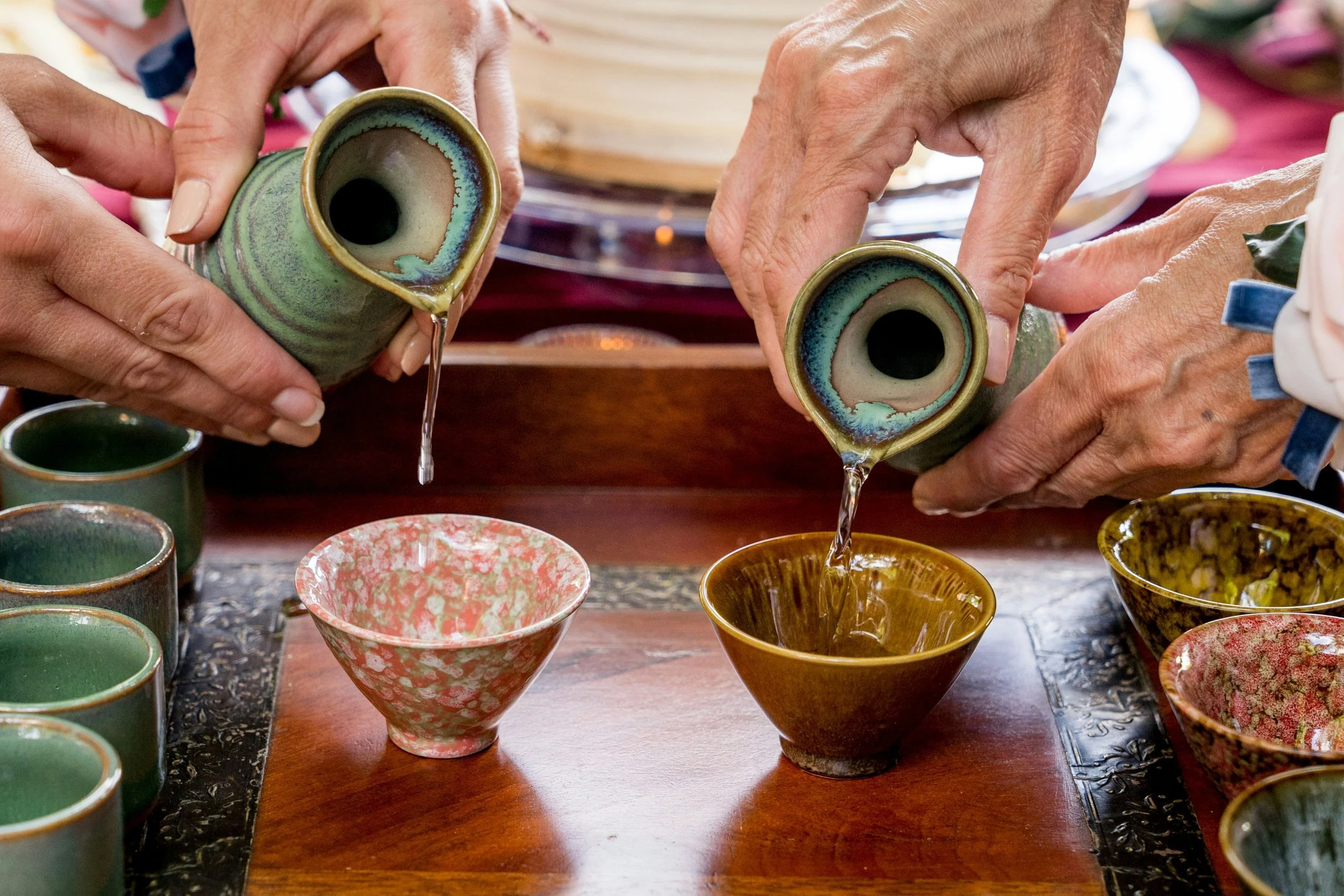7 Traditional Japanese Drinks That Go Beyond Sake
Japan isn’t just a paradise for sushi lovers and ramen chasers—it’s also a nation of deeply rooted drinking traditions. From ancient fermented beverages to contemporary tea-based cocktails, Japanese drinks reflect the country’s cultural finesse, innovation, and love for flavour balance. While sake may be Japan’s most famous export, the country’s drinking culture is a rich landscape waiting to be explored.
Whether you’re travelling through the streets of Kyoto or sipping in a Tokyo back alley izakaya, here are 7 Japanese drinks every foodie must try—and where to find them.
1. Sake – The Soul of Japanese Celebration
What it is: Fermented rice wine brewed through a unique multiple parallel fermentation process.
Flavour Profile: Ranges from crisp and dry to fruity and full-bodied, with notes of melon, banana, or umami.
When to Try: Best enjoyed warm in winter and chilled in summer.
Where to Sip:
Sake Bar Yoramu (Kyoto) – curated tastings and small-batch pours.
KURAND Sake Market (Tokyo) – all-you-can-taste experience from microbreweries.
2. Umeshu – The Sweet Kiss of Plum Wine
What it is: A sweet and tangy liqueur made by steeping green ume plums in shōchū or sake with sugar.
Flavour Profile: Fruity, syrupy, with a tart plum finish—often served on the rocks or with soda.
Best Paired With: Grilled meats, salty snacks, and even desserts.
Try it at:
Choya Umeshu Bar (Osaka) – everything from umeshu slushies to cocktails.
Local izakayas in Nara and Wakayama, where ume plums are grown.
3. Amazake – The Ancient Non-Alcoholic Elixir
What it is: A sweet, low- or non-alcoholic drink made from fermented rice and kōji mould.
Flavour Profile: Creamy, slightly sweet, with a porridge-like consistency.
Cultural Roots: Once offered at temples and New Year celebrations, now enjoying a revival as a superfood.
Where to Find It:
Nishiki Market (Kyoto) – warm amazake in winter.
Tsuruya Yoshinobu Tea Shop – traditional Kyoto confectionery pairing.
4. Shōchū – Japan’s Spirit for the People
What it is: A distilled spirit made from barley, sweet potatoes, or rice—lower in alcohol than whisky but higher than sake.
Flavour Profile: Varies—barley shōchū is nutty, sweet potato is earthy, and rice shōchū is light and floral.
Try With: Oden, yakitori, or grilled mackerel.
Where to Taste:
Kagoshima – the heartland of sweet potato shōchū
Izakaya Genki (Tokyo) – extensive menu of regional shōchū
5. Yuzu Soda – Citrus Sparkle with a Japanese Twist
What it is: A sparkling soft drink or cocktail mixer made from yuzu, a fragrant Japanese citrus fruit.
Flavour Profile: Tart, floral, slightly bitter with intense citrus aroma.
Why Try It: Refreshing and non-alcoholic option with a gourmet edge.
Get it at:
Tokyo’s artisanal cafés or kombini (convenience stores)
Bar Benfiddich (Tokyo) – craft cocktails with seasonal yuzu
6. Matcha Cocktails – Green Tea Goes Glam
What it is: A modern blend of ceremonial matcha with spirits like gin, vodka, or sake.
Flavour Profile: Grassy, bitter-sweet, creamy, depending on the preparation.
Popular Combinations: Matcha Mojito, Matcha Martini, or Matcha Old Fashioned.
Where to Sip:
Gen Yamamoto Bar (Tokyo) – elegant matcha and seasonal fruit fusions
Uji City cafés – birthplace of matcha, great for traditional and contemporary takes
7. Hōjicha Latte – Roasted Tea with a Soulful Touch
What it is: A warm, roasted green tea drink with a nutty, smoky aroma—often turned into a latte with milk.
Flavour Profile: Toasty, low-caffeine, and comforting.
When to Drink: Especially popular in cooler months.
Try at:
Ippodo Tea House (Kyoto) – artisanal hojicha and serene ambience
Arashiyama tea shops – sip beside the bamboo groves
Final Sip: Drink Your Way Through Japan
From centuries-old temple drinks to bold modern mixes, Japanese beverages are a deep dive into culture, craft, and community. Each drink tells a story—of the region it’s from, the people who make it, and the traditions that continue to shape it.
So on your next trip to Japan, don’t just focus on what’s on your plate—raise a glass to what’s in your cup.







